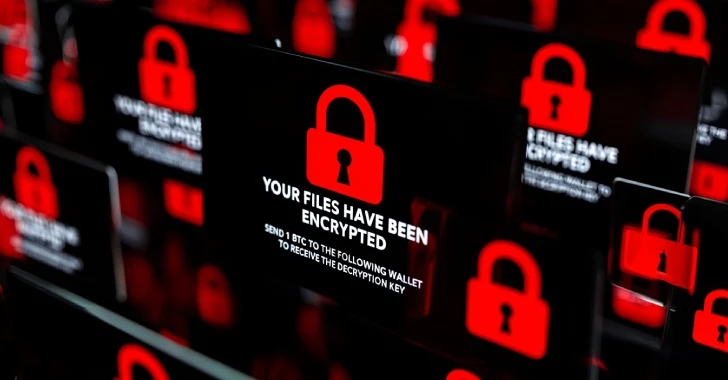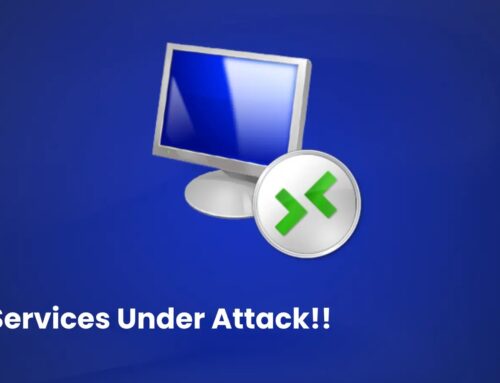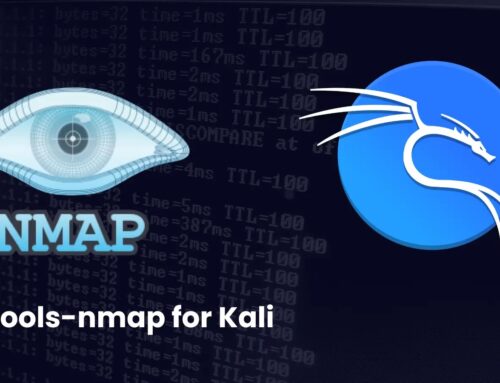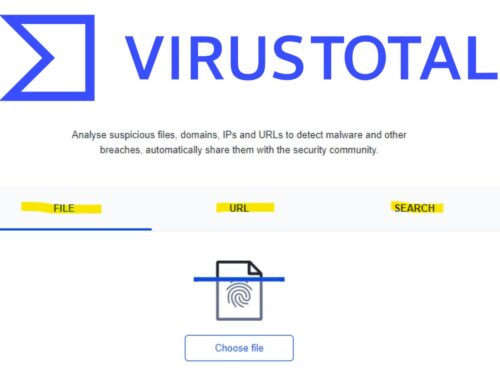
Charon Ransomware Hits Middle East Sectors Using APT-Level Evasion Tactics
In the evolving landscape of cyber threats, a new and aggressive ransomware campaign has emerged, targeting critical sectors in the Middle East. Cybersecurity researchers have uncovered the use of a previously undocumented ransomware family, dubbed Charon, in attacks that exhibit the sophisticated tactics typically associated with Advanced Persistent Threat (APT) groups. This development underscores a concerning escalation in the capabilities of financially motivated threat actors, blurring the lines between cybercriminal enterprises and state-sponsored espionage.
Charon Ransomware: A New Threat Emerges
The Charon ransomware signals a significant concern for organizations globally, particularly those within vital infrastructures. Trend Micro’s analysis reveals that this new ransomware targets entities within the Middle East’s public sector and aviation industry, sectors critical to national security and economic stability. The naming of Charon, reminiscent of the mythological ferryman of the underworld, aptly reflects its intended purpose: to extort funds by locking away access to valuable data, ferrying it effectively out of reach.
APT-Level Evasion Tactics Employed
What differentiates the Charon campaign from conventional ransomware attacks is the sophistication of its execution. The threat actors behind Charon employ tactics mirroring those of highly advanced APT groups. These include:
- DLL Side-loading: This technique involves tricking legitimate applications into loading malicious Dynamic Link Libraries (DLLs) instead of their intended ones, allowing the attacker to execute arbitrary code with the permissions of the legitimate application.
- Process Injection: Malicious code is injected into a running, legitimate process to evade detection and gain higher privileges, making it challenging for security solutions to identify the threat.
- Advanced Evasion Capabilities: While specific details of these capabilities are still emerging, they point to a designed ability to bypass traditional security controls, including endpoint detection and response (EDR) solutions and antivirus software.
These advanced techniques suggest a well-funded and highly skilled adversary, capable of developing and deploying custom tools to achieve their objectives. The adoption of such sophisticated methods by a ransomware group indicates a concerning trend where profit-driven cybercriminals are leveraging the capabilities previously seen only in state-sponsored operations.
Targeting Critical Infrastructure in the Middle East
The focus on the public sector and aviation industry in the Middle East is not arbitrary. These sectors are high-value targets due to the sensitive nature of the data they handle and the severe operational disruptions that a successful ransomware attack can cause. Halting flight operations or disrupting government services can lead to significant economic losses, reputational damage, and even national security implications. This strategic targeting maximizes the chances of a payout due to the immense pressure on affected organizations to restore operations quickly.
Remediation Actions and Proactive Defense
Given the advanced nature of the Charon ransomware attacks, a multi-layered and proactive defense strategy is crucial for all organizations, especially those in critical sectors. Implementing comprehensive cybersecurity measures can significantly reduce the attack surface and mitigate the impact of such sophisticated threats.
- Implement Robust Endpoint Detection and Response (EDR) Solutions: EDR tools can detect and respond to advanced threats like DLL side-loading and process injection by monitoring endpoint and network events in real-time.
- Strengthen Identity and Access Management (IAM): Enforce Multi-Factor Authentication (MFA) for all accounts, especially privileged ones. Regularly audit user permissions to ensure the principle of least privilege is followed.
- Regularly Update and Patch Systems: Keep all operating systems, applications, and security software up to date to address known vulnerabilities that attackers might exploit. Pay particular attention to CVEs related to privilege escalation and code execution. For example, staying informed about recent critical vulnerabilities like CVE-2024-21415 (Microsoft Outlook Spoofing Vulnerability) or CVE-2023-38831 (WinRAR Vulnerability) is vital.
- Network Segmentation: Isolate critical systems and sensitive data on separate network segments to limit the lateral movement of attackers in case of a breach.
- Regular Data Backups and Recovery Plan: Implement a comprehensive data backup strategy, including offsite and offline backups, and regularly test your ability to restore data.
- Employee Cybersecurity Awareness Training: Educate employees about phishing, social engineering, and safe browsing practices, as human error often serves as the initial entry point for attackers.
- Threat Intelligence Sharing: Participate in threat intelligence sharing communities to gain insights into emerging threats, tactics, and indicators of compromise (IoCs).
- Security Audits and Penetration Testing: Conduct regular security audits and penetration tests to identify weaknesses in your defenses before attackers can exploit them.
Essential Tools for Detection and Mitigation
Effectively combating threats like Charon ransomware requires a combination of robust security tools. Here’s a table of useful categories and examples:
| Tool Category | Purpose | Examples / Link (where applicable) |
|---|---|---|
| Endpoint Detection & Response (EDR) | Detects and responds to suspicious activities on endpoints, including malware, fileless attacks, and APT tactics. | CrowdStrike Falcon Insight, Microsoft Defender for Endpoint, VMware Carbon Black |
| Security Information and Event Management (SIEM) | Aggregates and analyzes security logs from various sources to detect patterns indicative of an attack. | Splunk Enterprise Security, IBM QRadar, Elastic Security (SIEM) |
| Vulnerability Management Scan Tools | Identifies and prioritizes vulnerabilities in IT infrastructure. | Tenable Nessus, Rapid7 InsightVM, Qualys VMDR |
| Network Detection and Response (NDR) | Monitors network traffic for anomalies and malicious activities, particularly useful for detecting lateral movement. | ExtraHop Reveal(X), Vectra AI |
| File Integrity Monitoring (FIM) | Monitors critical system files for unauthorized changes, which can indicate malware activity. | Tripwire FIM, OSSEC |
Conclusion
The emergence of Charon ransomware, coupled with its use of APT-level evasion tactics, signals a significant evolution in the cyber threat landscape. Organizations, particularly those in critical infrastructure and government sectors, must recognize the elevated risk and bolster their defenses with proactive and multi-layered cybersecurity strategies. The ability of cybercriminals to leverage sophisticated techniques previously reserved for state-sponsored actors underscores the urgency for all entities to enhance their threat intelligence capabilities, invest in advanced security tools, and foster a culture of cybersecurity awareness. Staying ahead of these determined adversaries requires constant vigilance, adaptation, and collaboration across the cybersecurity community.





